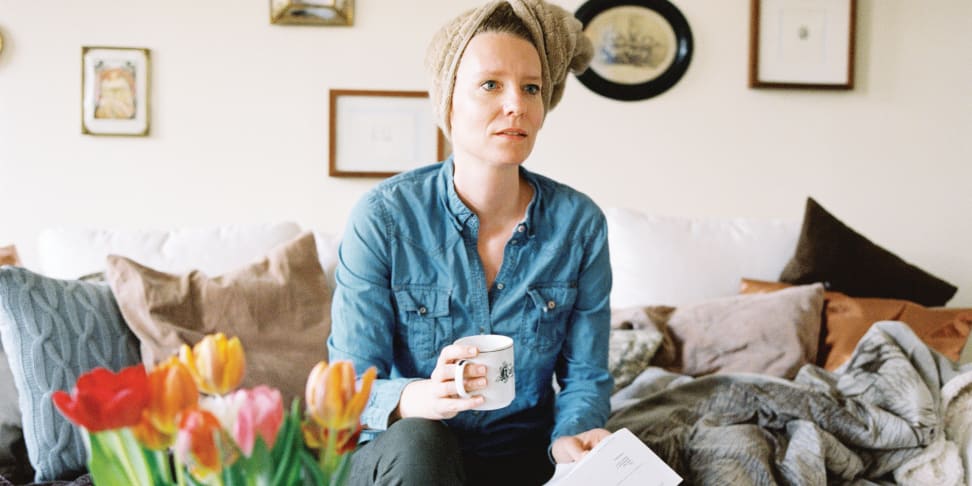Why IKEA Cares Whether You're a Morning Person
A new study looks at morning routines the world over.
 Credit:
Credit:
Products are chosen independently by our editors. Purchases made through our links may earn us a commission.
When you get up in the morning, how do you feel? What do you do to prepare for the day ahead? Do you hug or kiss your children before they leave for school? That's what IKEA wants to know.
The company's recent survey of the world's cities—dubbed "Life at Home"—answers many of these questions, revealing the morning routines of people the world over. You might not associate the home furnishings giant with large-scale behavioral studies, but IKEA believes this kind of research can shed light on many aspects of its core business.

Morning in Shanghai
While the results suggest we're more alike than we are different, the study did uncover some surprising facts about the way people get ready to face the day. (One thing's for certain, though: Mornings are hectic for everybody.)
How long does it take you to get ready in the morning? According to IKEA, the world average is around an hour and a half. Mumbai has the longest morning routine—people there take an average of almost two and a half hours to get out the door. Shanghai residents, meanwhile, average just 58 minutes.
New Yorkers hit the snooze button more often than most other urbanites. 84% of people in Shanghai say they don't drink coffee or tea in the morning. People in Mumbai are about three times more likely than others to make time for self-reflection in the morning. And the list goes on.
Lead Researcher Mikael Ydholm told us that, city-to-city, the findings changed in unexpected ways. "[Culture] impacted the findings quite a lot. As an example, in Mumbai, men and women spend equal time grooming. That surprised me!"

The Life at Home study encompasses data on everything from self-reflection time to snooze button pressing.
The inaugural edition of the study was a global effort that took advantage of partnerships with research universities, in-home observation, and consumer surveys to build a substantial data set. That data—gathered from over 1,000 people across eight major cities—is available at the Life at Home site, where anyone can tinker with the so-called "Data Mixing Board" to discover additional trends.
For IKEA, this research informs everything from furniture design to the staged rooms the company uses in its catalogs and stores. Armed with data from the study, the company can fine-tune its aesthetics for local markets.
"Ikea's vision is clearly about creating a better life at home,” Raquel Ely, a marketing research specialist from Ikea said. “You only do that if you understand what's happening at home and take steps to make changes."
Still, Ydholm wants to make it crystal clear that Life at Home isn't simply a clever marketing ploy.
"For us, it's not about looking at how we can make this commercial. Then we lose [credibility]," he said. Ely agrees; "This is research for insight's sake…[Life at Home] gets everyone on the same page about what's important in peoples' lives."
You can download Ikea's report and get some key findings on the Life at Home website.
